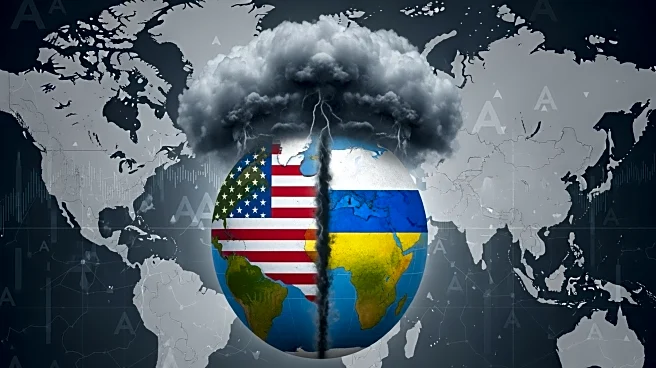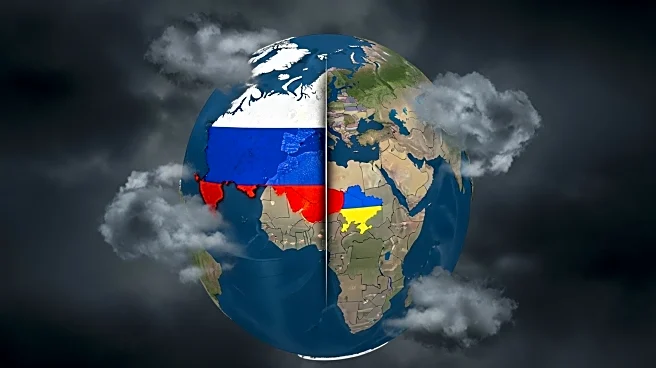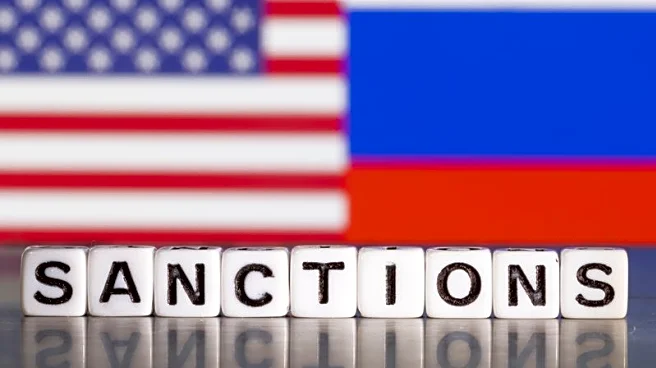What's Happening?
Oil prices remained steady as traders assessed the potential progress in U.S.-China trade talks. The U.S. and China have agreed to a framework trade deal, which will be discussed in an upcoming meeting
between President Trump and Chinese President Xi Jinping. The deal aims to prevent 100% tariffs on Chinese goods and reduce China's rare earth export restrictions. Additionally, recent U.S. sanctions on Russia's largest oil companies, Lukoil and Rosneft, have influenced market dynamics. These sanctions are intended to pressure Russia into a ceasefire with Ukraine, although their effectiveness remains uncertain.
Why It's Important?
The stabilization of oil prices amid trade negotiations and geopolitical tensions underscores the interconnectedness of global markets. The U.S.-China trade deal could alleviate some economic pressures, potentially boosting oil demand. However, the sanctions on Russia highlight ongoing geopolitical risks that could disrupt oil supply chains. The response of major Russian oil buyers, such as India and China, to U.S. pressure will be pivotal in determining the sanctions' impact. The situation reflects broader economic and political challenges that could influence global energy markets and economic stability.
What's Next?
The upcoming meeting between President Trump and President Xi Jinping will be critical in finalizing the trade deal and assessing its impact on global trade and oil markets. The enforcement and response to U.S. sanctions on Russia will also be closely watched, as they could affect global oil supply and prices. Market participants will monitor these developments, along with any changes in U.S. interest rates, which could further influence oil prices and economic conditions.












